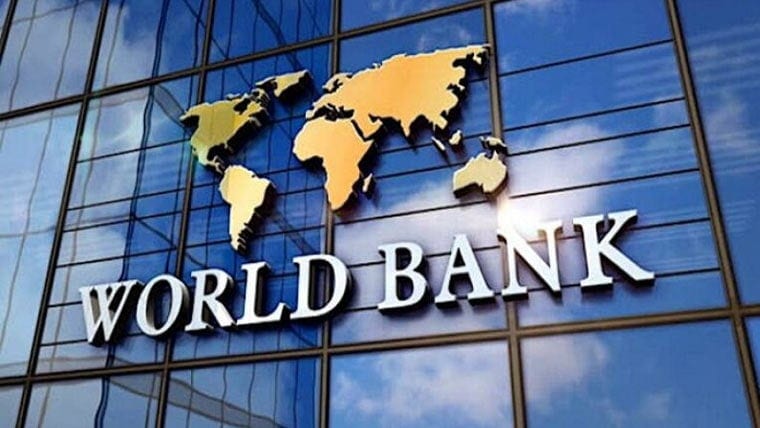The World Bank has reported that Pakistan’s national poverty rate, which had fallen steadily from 64.3% in 2001-02 to 18.3%, has been rising again since 2020.
According to the report, the current poverty rate stands at 25.3%, marking a 7% increase over the past three years. In 2022, the poverty rate was 18.3%, which rose to 24.8% in 2023-24 and further to 25.3% in 2024-25. From 2001 to 2015, poverty declined by 3% annually, and from 2015 to 2018, it dropped by 1% annually before reversing after 2020, partly due to the COVID-19 pandemic.
The report highlights that, despite the absence of household surveys after 2018-19, non-agricultural income helped reduce poverty, contributing 57% to the decline, while agriculture contributed 18%. Remittances and other income sources also played a role, but from 2011 to 2021, people’s incomes grew only 2–3%, with 85% of low-income workers employed in informal sectors where 95% of jobs remain unregulated.
Official data shows that 60–80% of Pakistan’s population lives in rural areas, while 39% resides in cities.
Key reasons for rising poverty include COVID-19, inflation, floods, and macroeconomic pressures, along with a consumption-based growth model that initially succeeded but has now reached its limits.
The report calls for sustainable, people-centered reforms to protect poor and vulnerable families, create jobs, and ensure access to basic services. It emphasizes investing in human capital—health, education, housing, water, and sanitation—while strengthening local governance, improving social safety nets, adopting progressive fiscal measures, phasing out inefficient subsidies, and prioritizing targeted investments for the poorest.
It also urges timely investment in data systems to guide decision-making, ensure resources reach the right targets, and track outcomes effectively.














